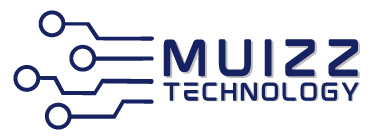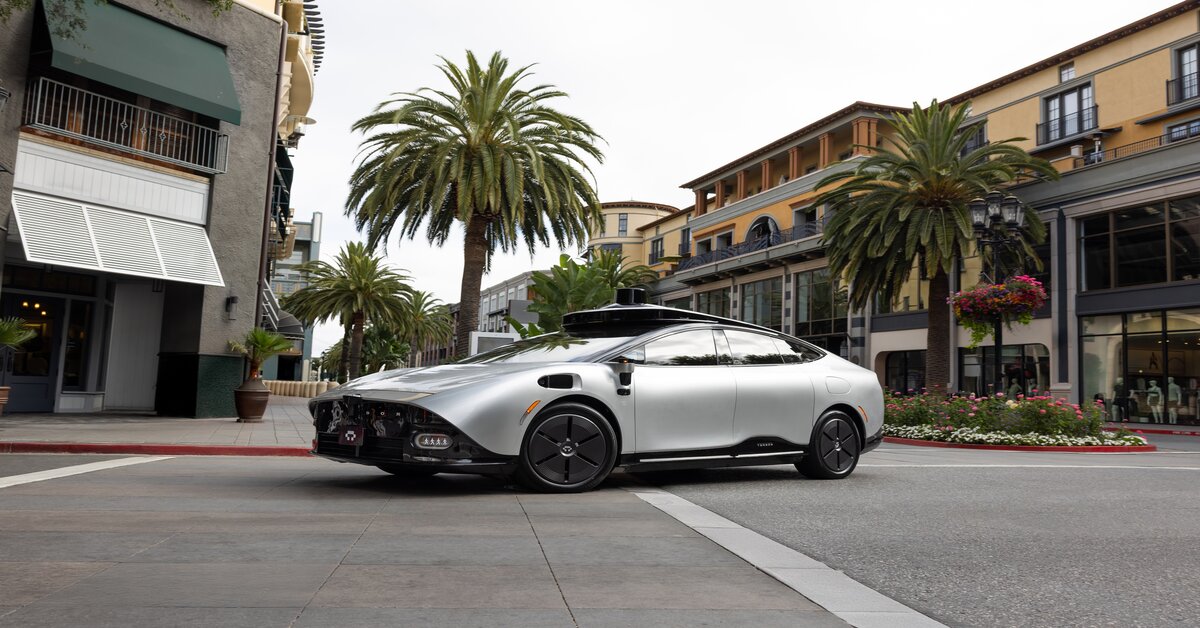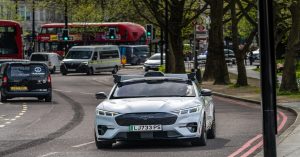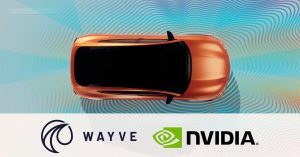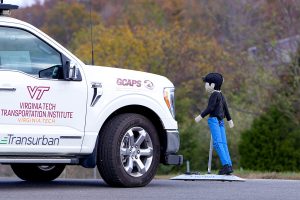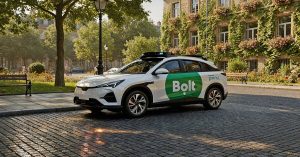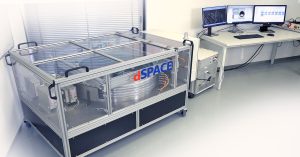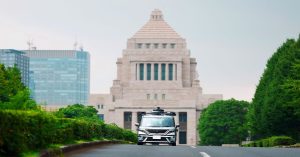Tensor, an emerging leader in agentic AI, has announced a groundbreaking milestone: the world’s first volume-produced, consumer-ready autonomous vehicle built specifically for private ownership. More than just another entry in the race toward self-driving technology, Tensor’s robocar represents a complete rethinking of what a car can be when designed around artificial intelligence from the very beginning.
“When the world shifts, how will you move?” asked Amy Luca, Tensor’s chief marketing officer, during the unveiling. “We are building a world where individuals can truly own their autonomy. This vehicle isn’t just transportation—it’s an embodied personal agent powered by AGI. It’s freedom, privacy and mobility combined in a way the industry hasn’t seen before.”
A Robocar Engineered from Scratch
Unlike retrofit solutions or incremental upgrades, Tensor developed its robocar and supporting ecosystem entirely from the ground up. The company prioritized safety, perception, and reliability at every step of design, leveraging more than 100 integrated sensors to maximize awareness of the vehicle’s surroundings. The sensor package includes 37 cameras, five lidars, 11 radars, 22 microphones, 10 ultrasonic sensors, multiple IMUs, GNSS, collision and water-level detectors, tire-pressure monitors, and even a built-in smoke detector. All of this hardware is tied together with a vertically integrated Level 4 autonomy stack.
Every component was carefully considered to optimize safety. For instance, radar-transparent materials and a low hood profile allow for unobstructed sight lines, ensuring sensors achieve maximum visibility in all conditions.
AI at the Core
At the heart of Tensor’s robocar is the company’s proprietary Tensor Foundation Model, a powerful AI system inspired by the architecture of large transformers. Unlike rule-based driving stacks that rely on preprogrammed decision trees, Tensor’s approach is fully data-driven. The AI learns perception, prediction, and planning from a massive combination of real-world and simulated driving datasets.
Its dual-system structure mirrors human cognition. “System 1” handles reflexive, real-time driving decisions, drawing on imitation learning from expert human drivers. “System 2,” by contrast, functions as a reasoning engine, using a multimodal visual-language model to solve complex or rare edge cases that typical AI systems struggle with.
The robocar also features an embedded large language model within its agentic AI framework. This multimodal system processes information from in-cabin cameras, microphones, and other sensors, enabling advanced reasoning, natural interaction with passengers, and adaptive decision-making.
Built for Everyday Ownership
Tensor’s design emphasizes convenience as much as intelligence. The robocar is equipped with self-cleaning sensors, protective covers when idle, and dedicated wipers and nozzles to keep cameras and lidar clear. It conducts automatic diagnostic checks, manages predictive maintenance, and receives over-the-air updates. Owners will benefit from autonomous parking and charging, ensuring the vehicle is as low-maintenance as possible.
In terms of safety certifications, Tensor has engineered its robocar to meet or exceed leading global automotive standards, including FMVSS in the U.S., Euro NCAP, GCC regulations, and top ratings from IIHS. Redundancy across power, communications, and control systems ensures continued operation even in the event of component failures.
Looking Ahead
Tensor plans to roll out its robocar in select markets across the U.S., Europe, and the UAE, with deliveries scheduled for the second half of 2026. By bringing an autonomous vehicle to market designed for private ownership rather than shared fleets, Tensor hopes to redefine personal mobility in the age of AI.
As Luca put it: “This isn’t just a car. It’s a personal agent that moves you. With Tensor, it’s time to own your autonomy.”
